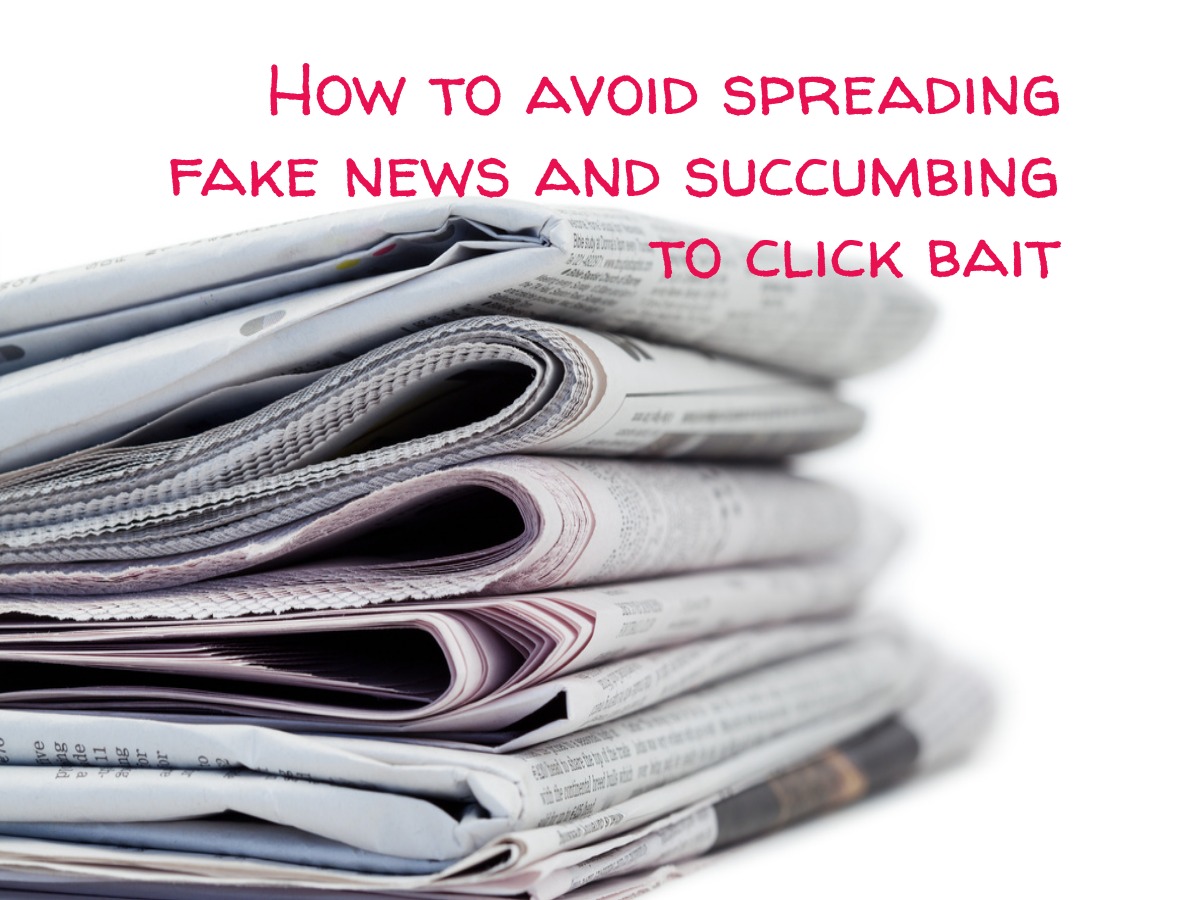How to Avoid Spreading Fake News and Succumbing to Click Bait
What do you get when you cross a global pandemic with trade wars, a BLM movement, bushfires, pro-democracy demonstrations, and climate change? An infodemic. If you’ve been on social media anytime recently (please assume that it’s a rhetorical question), you might have noticed just how much sensational information is being shared. We are no longer sharing photos of the food we are eating, although there is a caveat to that. There is a lot of sourdough being baked and other baked marvels coming out of our home kitchens which quite rightly deserves to be photographed and shared. There are no more wonderful scenic shots of the latest getaway for quite simply the most obvious reason; we are not eating out and not jetting off to exotic and instagrammable lands. What I am finding is that I am having to navigate through a sea of sensational headlines, twitter screengrabs and what my children tell me is “clickbait”.
The spread of misinformation is bursting out of every online platform right now and we need to be on guard and smart before we inadvertently fall foul or it and press “share”. You know the posts: “If you care about this, please share and help us make the change we need!” Which is adding a level of noise and confusion to already complicated matters. At a time when tension is high and people want answers, a proliferation of conspiracy theories and unfounded arguments are filling the void. And well-intentioned people, friends who we trust, are becoming susceptible to manufactured theories that connect the wrong dots, and not in a good Yayoi Kusama kind of way (do love her colourful spotted art).
We need to be able to spot what’s real and what isn’t. Easier said than done in the online world. Right now ideas that once might have seemed hair-brained and downright crazy have become plausible. Why? Social Proof. Quotes and testimonials and opinions shared from trusted sources. It’s the stuff that content marketers use to generate brand loyalty. By praying on people’s fears, unfounded information can become believable. And because most people are good citizens keen to protect others, they share what they’ve discovered. So when otherwise questionable opinions are spread to us through people we trust, we are in turn susceptible to believing them. “If my trusted friend who only wants the best for, believes it, it must be true”. We become the super-spreaders. And just like that conspiracies go mainstream.
But recently I came across a simple checklist that helps apply some critical thinking to all of this. Just like a journalist might write a news report with key information about who, what, when, where, why, these handy points help us get our facts straight. So at the risk of sharing more information, you might want to ask your loved ones to consider the 5 W’s before they share:
WHO made it?
WHAT is the source of the information?
WHERE did it come from?
WHY are you sharing this?
WHEN was it published?
Wouldn’t it be nice not to receive debunked theories from years ago that have been resurrected as new and newsworthy? And a family Zoom call minus the politically charged opinions would be a breath of fresh air!
